Premium Only Content
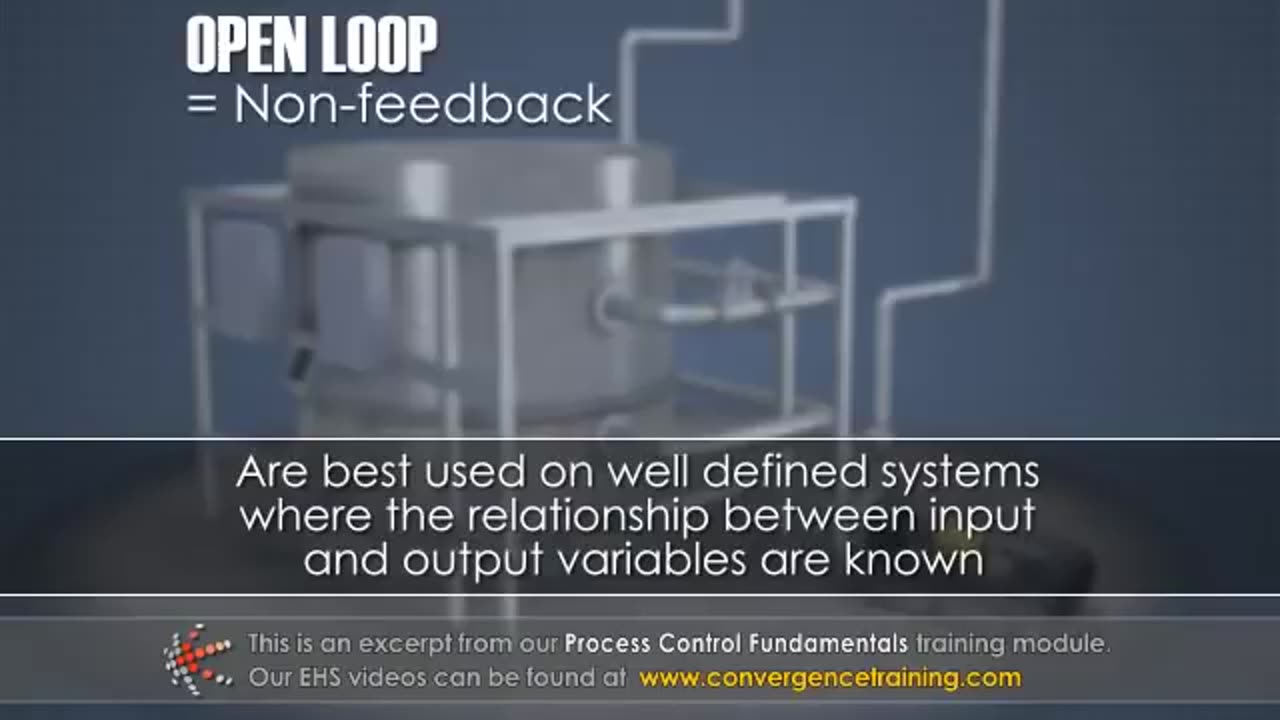
Process Control Fundamentals
**Process control** is a system used to regulate and maintain process variables (e.g., temperature, pressure, flow, level, etc.) within desired ranges to ensure efficiency, safety, and product quality in industrial operations. Here’s an overview of the fundamentals:
---
### **1. Purpose of Process Control**
- **Stability:** Maintain consistent operations and product quality.
- **Efficiency:** Optimize resource usage, such as energy, raw materials, and time.
- **Safety:** Prevent conditions that could lead to equipment damage or hazards.
- **Automation:** Minimize manual intervention, reducing errors and labor costs.
---
### **2. Key Components of a Control System**
1. **Process Variable (PV):** The parameter being measured and controlled (e.g., temperature, flow rate).
2. **Setpoint (SP):** The desired value of the process variable.
3. **Controller:** The device or algorithm that compares the PV to the SP and determines corrective action.
4. **Control Element:** The mechanism that adjusts the process (e.g., a valve or pump).
5. **Sensors/Transmitters:** Devices that measure the PV and send data to the controller.
6. **Actuators:** Devices that physically manipulate the control element (e.g., open/close a valve).
---
### **3. Types of Process Control**
#### **A. Open-Loop Control**
- No feedback is used.
- Control actions are based solely on predefined instructions.
- Example: A timed irrigation system.
#### **B. Closed-Loop Control**
- Feedback is used to adjust the control action.
- Example: A thermostat regulating room temperature.
- Subtypes:
1. **Feedback Control:** Adjusts based on deviations from the SP.
2. **Feedforward Control:** Anticipates changes and adjusts before deviations occur.
---
### **4. Control Strategies**
1. **On/Off Control:** Simplest form, where the control element is either fully on or off.
- Example: Household refrigerators.
2. **Proportional (P) Control:** Output is proportional to the error (difference between PV and SP).
3. **Integral (I) Control:** Eliminates steady-state error by considering the cumulative error over time.
4. **Derivative (D) Control:** Predicts future errors by considering the rate of change of the error.
5. **PID Control:** Combines P, I, and D controls for precise and robust performance.
---
### **5. Process Control Loops**
- **Single-Loop Control:**
- Manages one PV with one controller.
- Example: Controlling tank level with a single valve.
- **Cascade Control:**
- Uses two controllers: one for the main PV and another for a related secondary PV.
- Example: A furnace where the main controller adjusts temperature and the secondary controller adjusts fuel flow.
- **Multivariable Control:**
- Manages multiple interrelated variables simultaneously.
- Example: Chemical reactors.
---
### **6. Process Control Tools**
1. **Control Valves:** Regulate the flow of materials.
2. **Pumps/Compressors:** Adjust pressure or flow.
3. **Programmable Logic Controllers (PLCs):** Automate control processes using digital logic.
4. **Supervisory Control and Data Acquisition (SCADA):** Monitors and controls industrial processes.
5. **Human-Machine Interface (HMI):** Allows operators to interact with the control system.
---
### **7. Key Performance Metrics**
- **Setpoint Tracking:** How well the system maintains the PV at the SP.
- **Response Time:** The time it takes to respond to changes or disturbances.
- **Stability:** The system's ability to avoid oscillations or instability.
- **Accuracy:** How close the PV remains to the SP.
---
### **8. Challenges in Process Control**
- **Nonlinear Processes:** Systems that do not respond predictably.
- **Time Delays:** Lag between input adjustments and observed changes in PV.
- **Disturbances:** External factors like temperature changes or equipment wear.
---
### **9. Applications of Process Control**
- **Manufacturing:** Maintaining consistent product quality.
- **Oil and Gas:** Regulating flow rates and pressures.
- **Power Plants:** Controlling steam generation and turbine speed.
- **Water Treatment:** Managing chemical dosing and filtration.
---
By understanding these fundamentals, you can design, operate, and troubleshoot control systems effectively, ensuring optimal performance in industrial processes.
-
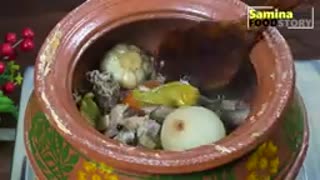 7:58
7:58
HSESafetyInformation
7 months agoAuthentic Peshawari Rosh _ Namkeen Gosht Recipe __ Traditional KPK and Baluchistan
701 -
 LIVE
LIVE
Dr Disrespect
4 hours ago🔴LIVE - DR DISRESPECT - BLACK OPS 7 MULTIPLAYER GAMEPLAY - NEW!
1,845 watching -
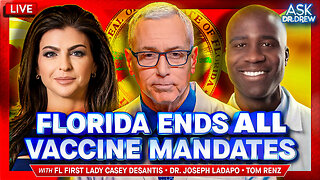 LIVE
LIVE
Dr. Drew
3 hours agoFL First Lady Casey DeSantis: Florida Ending ALL Vaccine Mandates, Including For Schools w/ FL Surgeon General Dr. Joseph Ladapo & Tom Renz – Ask Dr. Drew
1,190 watching -
 1:04:57
1:04:57
The Quartering
3 hours agoTrump Tricks Democrats Again, Cheerleader Monster, Abortion Clinics Shutdown & More
23.4K8 -
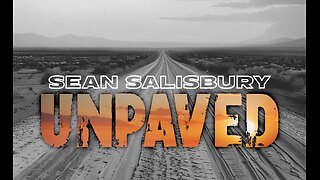 1:23:46
1:23:46
Sean Unpaved
3 hours agoOctober Blitz: Wild Card Game 3s, CFB Coaching Chaos, & TNF Fireworks
11.3K2 -
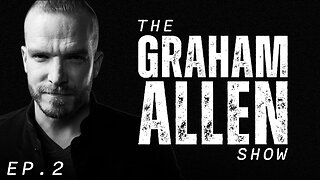 1:01:36
1:01:36
Dear America
2 hours agoEpisode 2 Graham Allen Show
37.6K42 -
 1:59:01
1:59:01
The Charlie Kirk Show
3 hours agoCancel Netflix? + The Secret Service Disaster + Turning Point Everywhere | Tatum, Cocca, Gaffrey
90.8K42 -
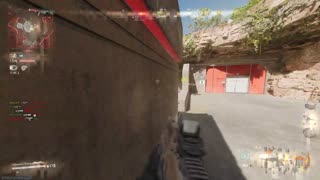 LIVE
LIVE
ahdedazs
2 hours ago $0.37 earnedBlack Ops 7 EARLY ACCESS BETA! First Stream on RUMBLE!
117 watching -
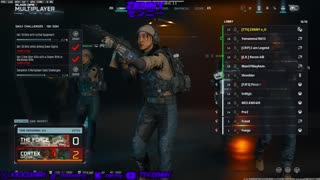 LIVE
LIVE
ZENNY
2 hours agoBO7 IS HERE BOT POV MF HAHAHAHA 6v6 PG18+ | UNFILTERED CHAT | CURSES AND BAD
51 watching -
 LIVE
LIVE
qixso
3 hours ago $0.79 earnedBO7 IS HERE TAP IN !! | @qixso
98 watching